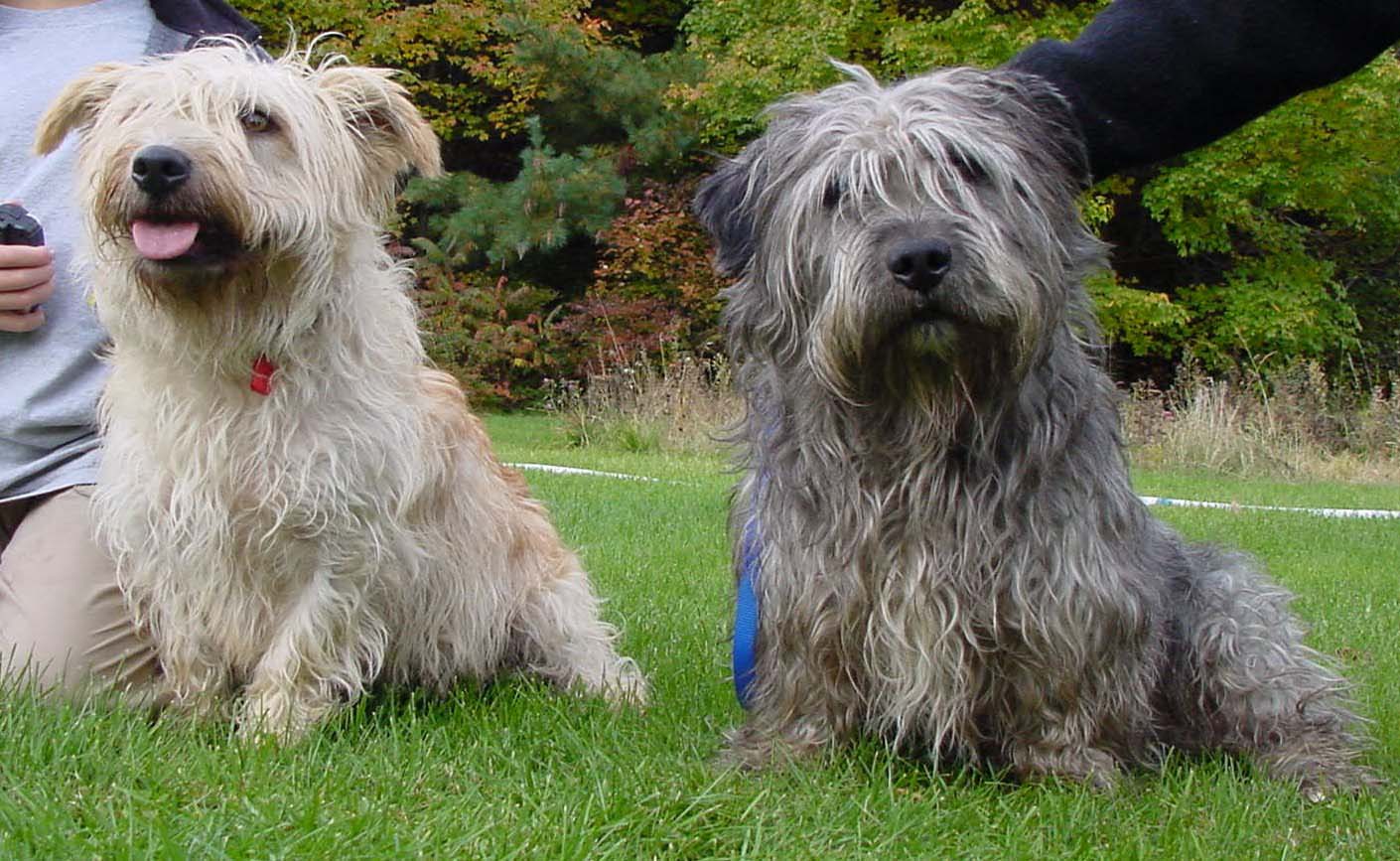These breeds generally aren’t a good fit for homes with smaller pets that can look like prey, such as cats, hamsters, or small dogs. Breeds that were originally used for bird hunting, on the other hand, generally won’t chase, but you’ll probably have a hard time getting their attention when there are birds flying by. If he’s spent plenty of time around other dogs, especially in puppyhood, the Glen can get along with other canines.
Glens give themselves plenty of exercise too, playing and romping around the house. The breed can be just as happy in an apartment as in a home with a large yard. Training is generally easy with this breed since he’s intelligent and enjoys learning. The key to making training a breeze is to keep it fresh and interesting; do not bore the Glen with repetitive training. When bored, he’ll show his stubborn streak by ignoring you, playing around, or wandering off to sniff his surroundings. Glens are also prone to progressive retinal atrophy , a degenerative eye disorder involving the loss of photoreceptors at the back of the eye.
Without enough exercise, these breeds may put on weight and vent their pent-up energy in ways you don’t like, such as barking, chewing, and digging. Breeds that need a lot of exercise are good for outdoorsy, active people, or those interested in training their dog to compete in a high-energy dog sport, such as agility. The courageous Glen will defend his family if needed, and his loud warning bark will alert you whenever someone approaches the house, making him an excellent watchdog. But that same scrappy spirit can sometimes get him into trouble with other canines. He’s unlikely to start a fight, but you can be sure he won’t back down from one if challenged.

If you’ve got a laid-back attitude toward slobber, fine; but if you’re a neatnik, you may want to choose a dog who rates low in the drool department. Even though these are purebred dogs, some may still end up in the care of shelters or rescues.

I am Kraig Wharton, a wildlife conservationist and a television personality. I am 30 years old. I was born and raised in the small town of Marion, Alabama. I have always had a love and respect for nature, which led me to pursue a career in wildlife conservation.
I have been very fortunate to have had the opportunity to travel all over the world, working with some of the most endangered species on the planet. My work has taken me to some of the most remote and dangerous places on earth, including war-torn countries such as Iraq and Afghanistan.
I am passionate about educating people about the importance of conserving our natural resources, and I am committed to doing whatever it takes to protect our planet for future generations.
